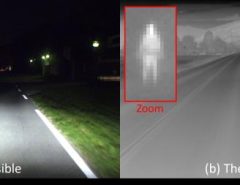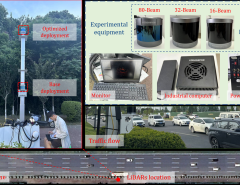StreamlineFlow
Elevator Pitch: Imagine a world where traffic congestion is a thing of the past. StreamlineFlow leverages cutting-edge AI to analyze and predict traffic patterns, optimizing routes in real-time and making your city’s streets flow smoothly. For cities looking to improve traffic flow, reduce pollution, and enhance commuting experiences, StreamlineFlow is your future-forward solution. Let’s make traffic jams history!
Concept
AI-driven dynamic traffic optimization platform
Objective
To optimize city traffic flow in real-time, reducing congestion and improving travel efficiency.
Solution
Utilizes AI to analyze traffic patterns, predict congestion, and provide dynamic routing suggestions to minimize travel time and avoid congestion using principles from the dynamic model of traffic research.
Revenue Model
Subscription fees from city governments and traffic authorities, API integration fees for map and navigation service providers, and advertising for recommended destinations along optimized routes.
Target Market
City governments, traffic management authorities, and map & navigation service providers worldwide.
Expansion Plan
Initially deploy in cities with high congestion problems, then expand to smaller cities and integrate with smart city solutions. Collaborate with autonomous vehicle manufacturers for advanced routing solutions.
Potential Challenges
Accurate real-time data acquisition, integration with existing traffic management systems, user adoption, and scalability to different city layouts.
Customer Problem
Frequent traffic congestion leading to unnecessary delays, increased pollution, and frustration for drivers.
Regulatory and Ethical Issues
Data privacy concerns, compliance with local traffic regulations, and ensuring non-discriminatory routing algorithms.
Disruptiveness
StreamlineFlow’s real-time AI optimization represents a significant advancement over static traffic management systems, potentially revolutionizing how cities manage traffic flow and reducing global congestion issues.
Check out our related research summary: here.




Leave a Reply